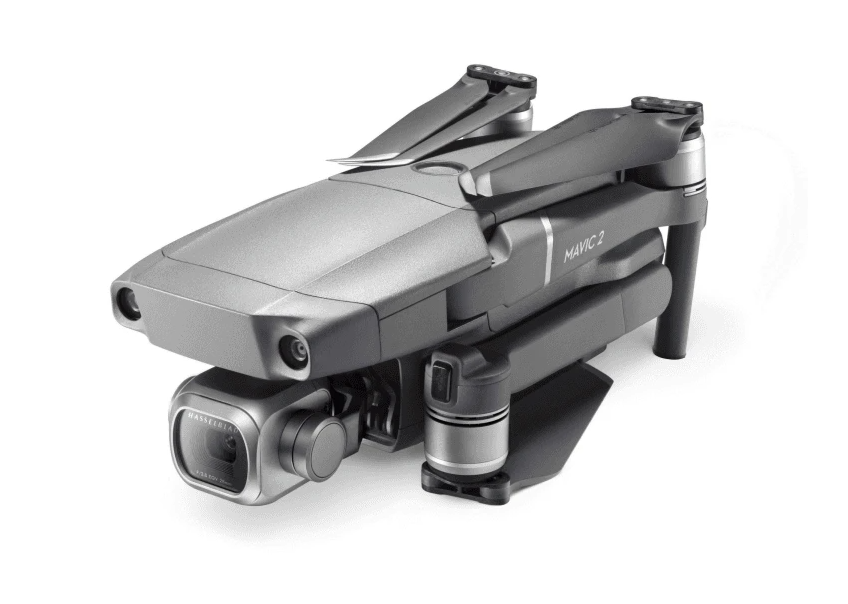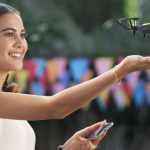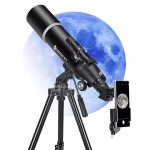New to flying drones? You’re not alone. With so many technical terms thrown around in the drone community, it can be a little overwhelming at first. That’s why we’ve put together this beginner-friendly glossary to help you get up to speed. Whether you’re reading a manual, watching tutorials, or chatting with fellow pilots, these 25 essential terms will help you speak drone like a pro.
1. Quadcopter
A drone with four rotors—this is the most common type for hobbyists.
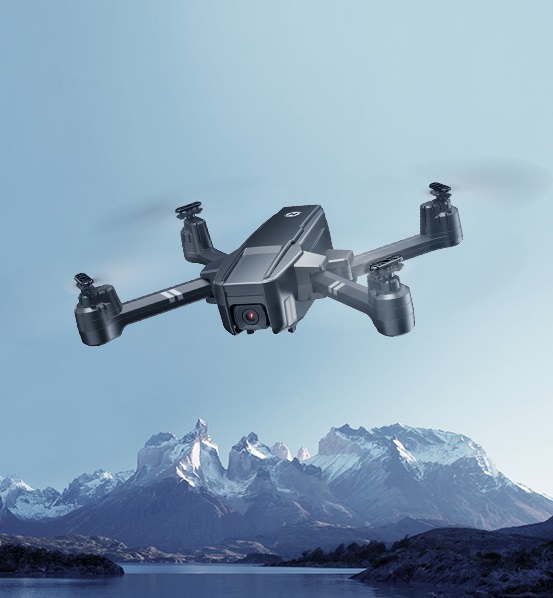
2. UAV (Unmanned Aerial Vehicle)
A formal term for a drone; refers to an aircraft without a human pilot onboard.
3. FPV (First Person View)
A camera feed from the drone is transmitted to goggles or a screen, letting you see what the drone sees.
4. Gimbal
A pivoted support that keeps the camera steady during flight, essential for smooth aerial footage.
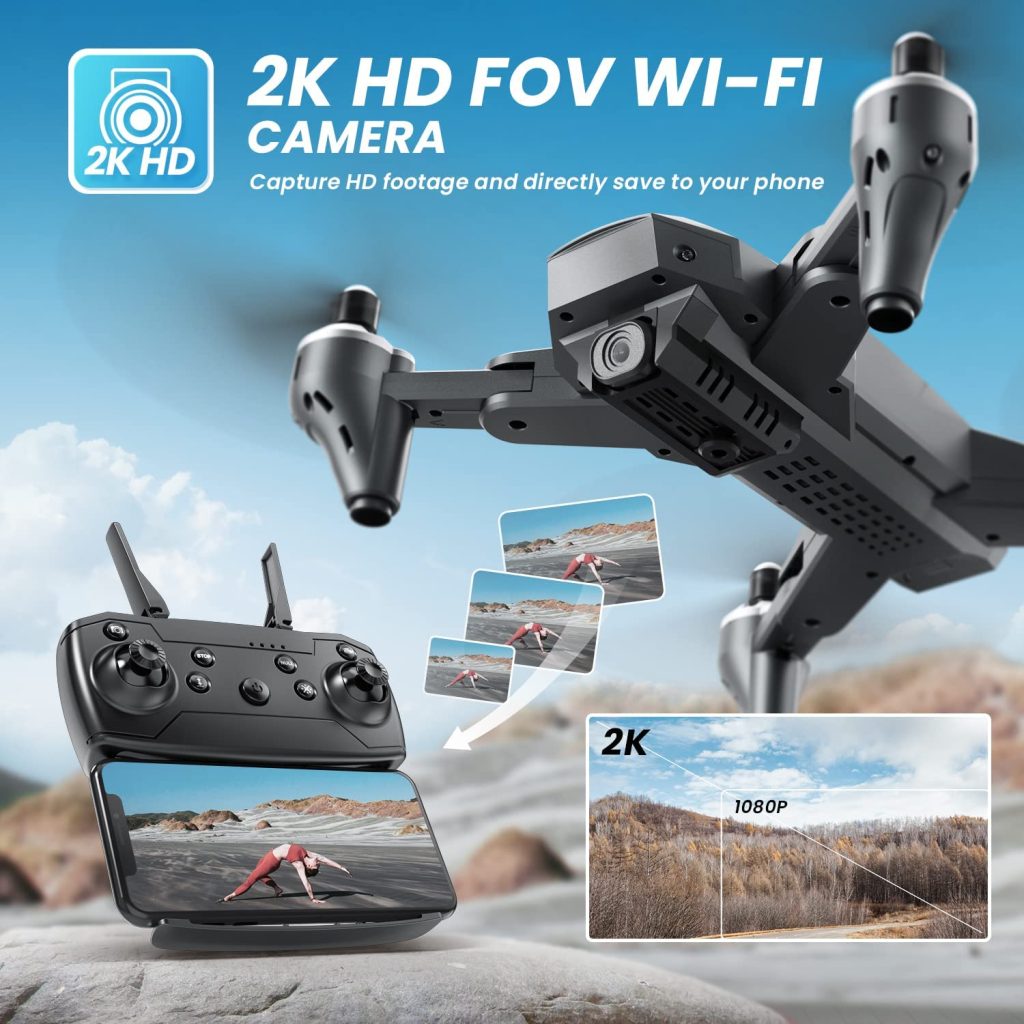
5. Altitude Hold
A feature that allows the drone to maintain a consistent height without manual throttle control.
6. Headless Mode
A beginner-friendly flight mode where the drone moves relative to your position, regardless of its orientation.
7. Return to Home (RTH)
An automated feature that sends the drone back to its takeoff point, usually triggered by low battery or signal loss.
8. Brushless Motor
A durable, efficient motor that delivers better performance and longer lifespan than brushed motors.
9. Flight Controller
The brain of the drone that manages stability, direction, and input from the pilot.
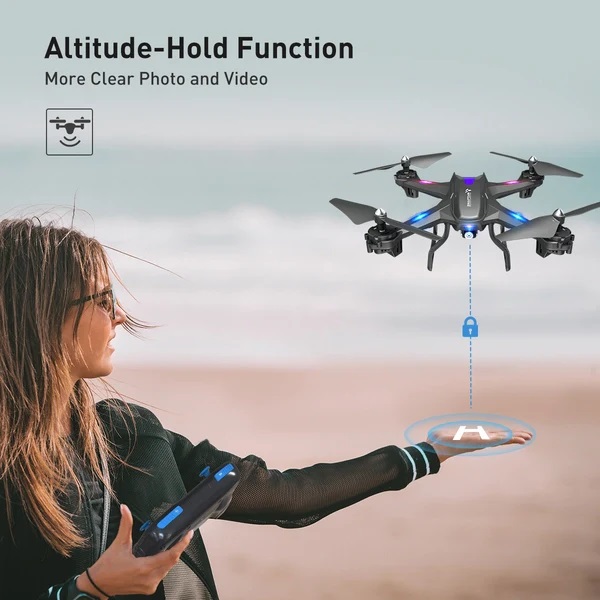
10. Gyroscope
A sensor that helps the drone maintain balance and stability during flight.
11. Accelerometer
Works alongside the gyroscope to measure speed and orientation changes.
12. LiPo Battery (Lithium Polymer)
The common type of rechargeable battery used in drones—lightweight and high-powered.
13. Prop Guards
Protective shields around the propellers to prevent injury or damage.
14. Throttle
Controls the altitude of the drone by adjusting the motor speed.
15. Yaw
Rotates the drone left or right around its vertical axis.
16. Pitch
Tilts the drone forward or backward.
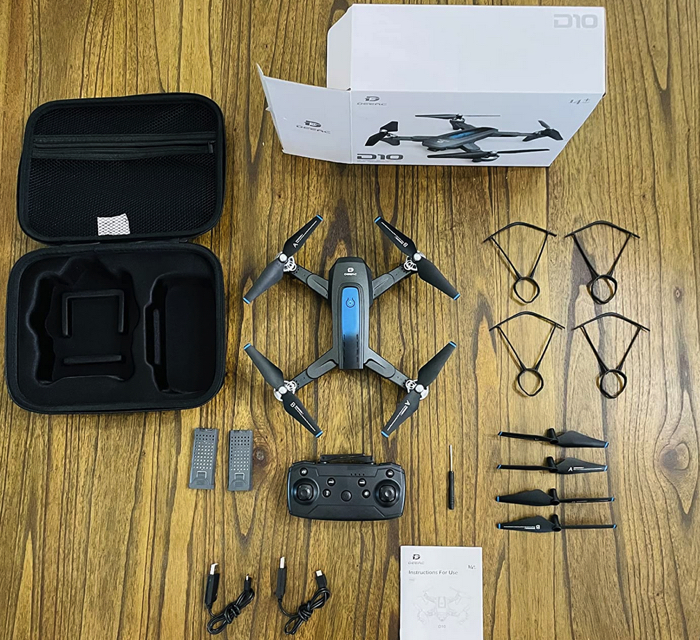
17. Roll
Tilts the drone side to side (left or right).
18. Failsafe
Automatic actions a drone performs when signal is lost—like hovering or returning home.
19. No-Fly Zone
Geographic areas where drones are restricted due to safety or privacy concerns (e.g., airports).
20. GPS Lock
When the drone connects to multiple satellites, enabling stable positioning and features like RTH.
21. Telemetry
Real-time data sent from the drone to the controller—like battery level, altitude, and speed.
22. Line of Sight (LOS)
A legal and safety requirement that you keep your drone within visual view at all times.
23. Binding
The process of pairing your controller with your drone.
24. ESC (Electronic Speed Controller)
Manages motor speed and direction based on your flight inputs.
25. RTF (Ready to Fly)
A drone kit that includes everything you need to get started—just charge and fly.
Conclusion
Understanding drone terminology is a crucial first step in becoming a confident and capable pilot. With this glossary, you’ll not only grasp the basics but also communicate more effectively and make smarter choices when buying or flying drones.
